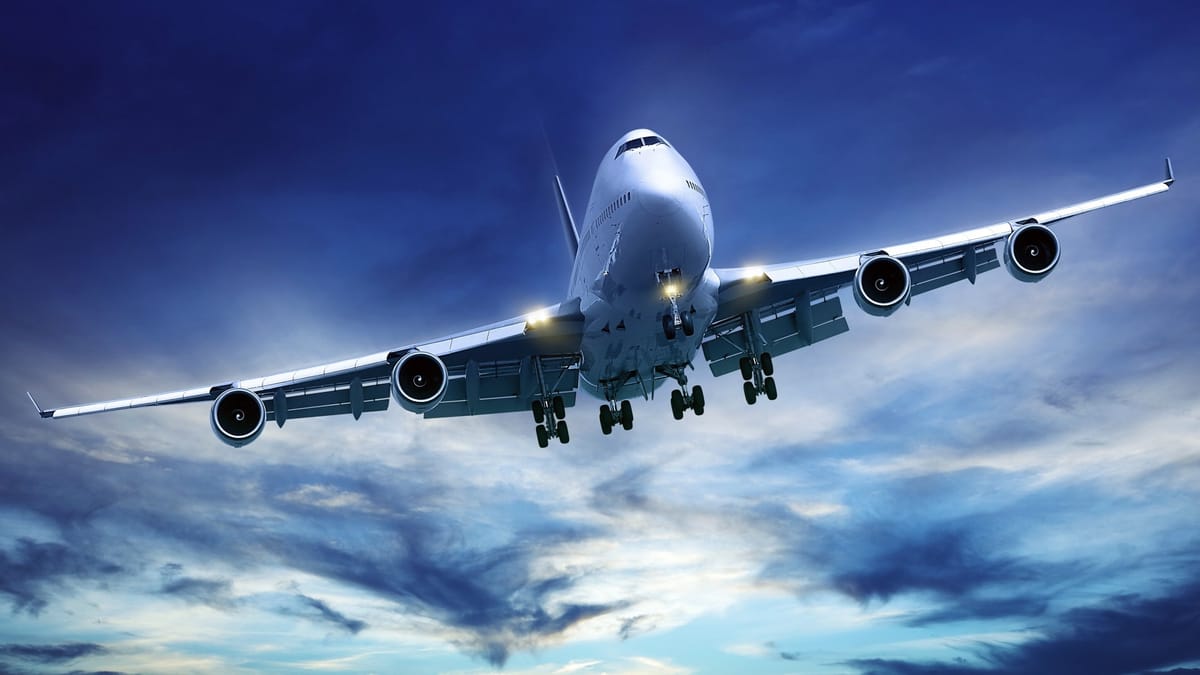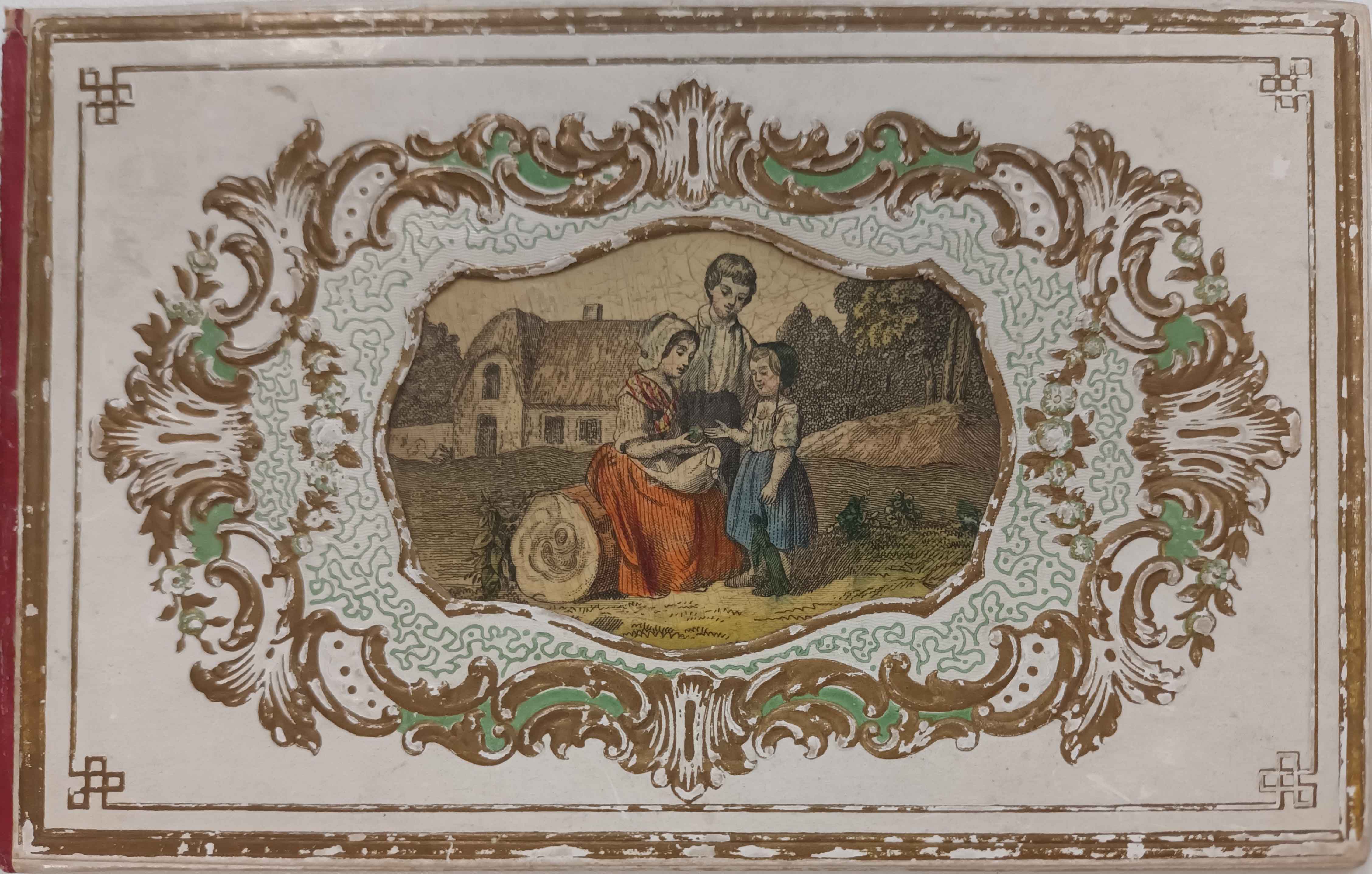The pilot accused of trying crash a plane tells his story

From Mike Baker for the New York Times: "In the minutes before he boarded an Alaska Airlines flight home, Joseph Emerson, a pilot for the airline, texted his wife and said he missed her. The flight was full, and Emerson was off duty, so he settled into the cockpit jump seat. Then he appeared to grow agitated, the other pilots told the authorities, and suddenly reached up and yanked two fire-suppression handles, which are designed to cut the fuel supply and shut down both engines. In his first interview since the incident, Mr. Emerson said he was overcome with a growing conviction that he was only imagining the journey and needed to take drastic action to bring the dream to an end."
Jay Leno owns a car that will run on almost any fuel, including tequila and perfume

From Lianne Turner for CNN: "Among the cars that Jay Leno has collected is a Chrysler Turbine car, of which only 50 were built in the early 1960s, which could run on any fuel except leaded gasoline. "When they drove it to Mexico it drove on tequila, when they took it out to France they burned Chanel No. 5 – any liquid that you could burn with oxygen you could run this car on," said Leno. "It is essentially a jet engine. But when this car came out in the early 60s nobody really cared about alternative fuels because fuel cost 26 cents per gallon. It was extremely expensive to produce and it wasn't really that much faster than a V8 and it would have cost a lot more to produce."
The forests of Normandy are revealing secrets about World War II

From Matthew Wills for JSTOR Daily: "One would think that the military history of World War II is well-covered territory. But we’re now long enough away from those events that the application of archaeological methods can reveal new things and revise the record. The forests of Normandy are a case in point. an archaeological survey of WWII remains in Normandy’s Andaines National Forest has “prompted an evaluation of the effectiveness of Allied intelligence gathering and tactical bombing” before and after the D-Day invasion of June 6, 1944. It turns out that neither intelligence nor bombing seem to have been particularly effective against supply depots hidden in the forest."
Editor's note: If you like this newsletter, I'd be honoured if you would help me by contributing whatever you can via my Patreon. Thanks!
The Alba Amicorum was the Facebook of the fifteenth century

From Frida von Til for Groningen University: "As early as the second half of the sixteenth century, students often took an album with them on their tour of prestigious universities. They would collect poems, philosophical quotations, personal mottos, coats of arms and signatures from fellow students and famous professors. The custom originated in Germany. The Germans also refer to an album amicorum as a Stammbuch, Gesellenbuch, or a Gedenkbuch. In the Netherlands, an album amicorum is also called a vriendenrol (roll of friends), the precursor of what we know today as the vriendenboekje (book of friends). In France, this type of album is also called a souvenir d'amitié."
The dolphin who loved me: the NASA-funded project that went wrong

From Christopher Riley for The Guardian: "The lab’s upper floors overhung a sea pool that housed the animals. It was cleaned by the tide through openings at each end. The facility had been designed to bring humans and dolphins into closer proximity and was the brainchild of an American neuroscientist, Dr John Lilly. Here, Lilly hoped to commune with the creatures, nurturing their ability to make human-like sounds through their blow holes. In early 1964, Margaret Lovatt arrived. Through her naturally empathetic nature she quickly connected with the three animals and threw herself into the work, spending as much time as possible with the dolphins and carrying out a programme of daily lessons to encourage them to make human-like sounds."
The Turkish 'basket men' who carried drunk people home

From Neatorama: "Back in the 60s, when there were no Ubers or surrogate drivers or designated driving services, Turkey had a very popular service for drunk people. Küfeci, or basket men, were called upon to bring the drunks home. The term came from the root "küfe" which refers to someone who was so drunk that they could no longer stand up or walk. There's even a saying "Kufelik Olmak" which roughly translates to "needing to be carried home in a basket." Of course, the drunks themselves were not hiring these basket men; pub owners were the ones who call on the küfeci to lug the drunks home safely."
This is what the Andromeda galaxy would look like if it was as bright as the moon
The Andromeda galaxy is 6 times bigger in the sky than the full Moon: it's just too dim to clearly see it with the naked eye.
— Massimo (@Rainmaker1973) December 14, 2023
This composite image shows what it would look like at night if it was just brighter.
[📸 Tom Buckley-Houston] pic.twitter.com/fiG6mfWhbe
Acknowledgements: I find a lot of these links myself, through RSS feeds etc. But I also get some from other newsletters that I rely on as "serendipty engines," such as Rusty Foster's Today In Tabs, Clive Thompson's Linkfest, Maria Popova's website The Marginalian, The Morning News from Rosecrans Baldwin, Why Is This Interesting, Dan Lewis's Now I Know, Robert Cottrell and Caroline Crampton's The Browser, Sheehan Quirke AKA The Cultural Tutor, the Smithsonian magazine, and JSTOR Daily. If you come across something you think should be included here, feel free to email me.

